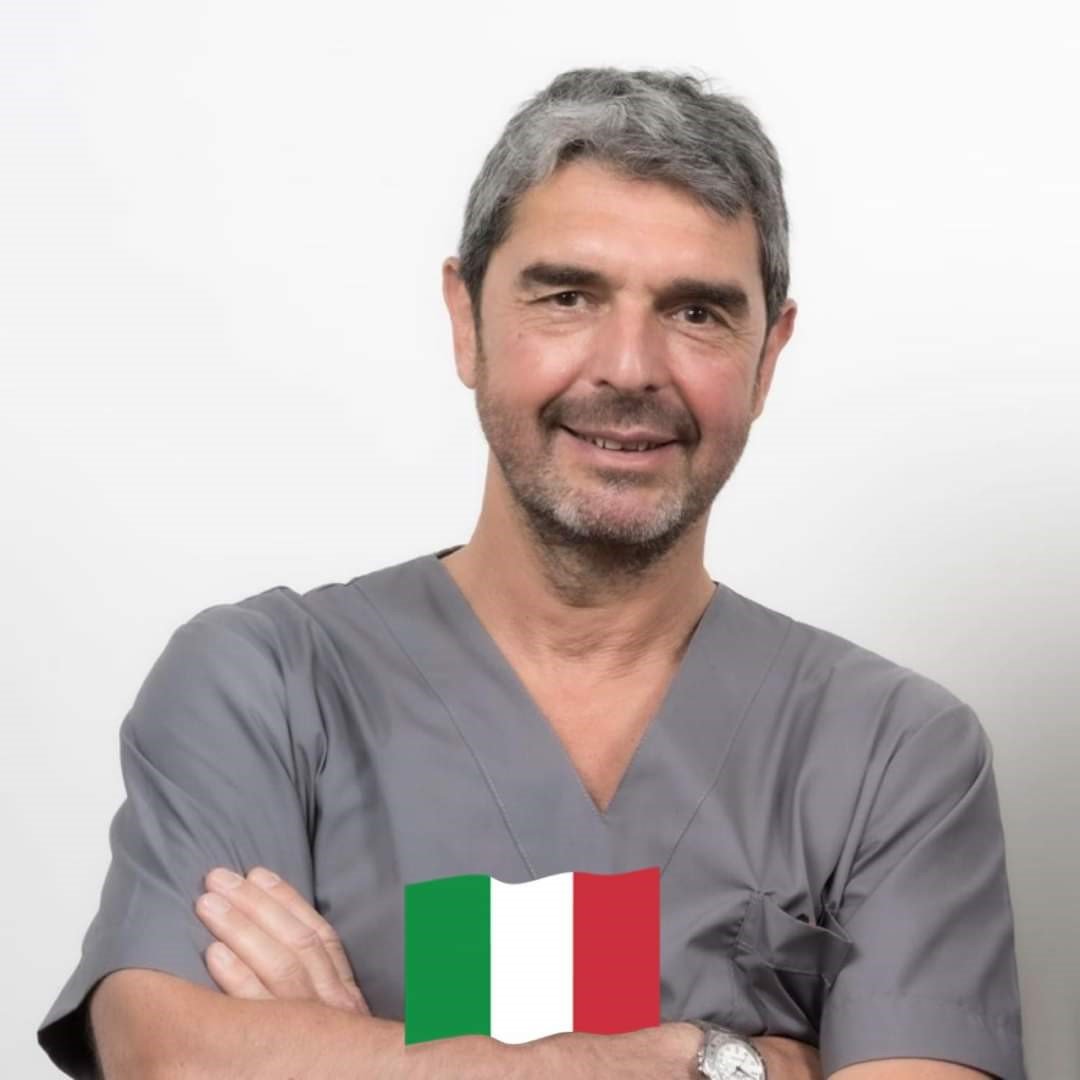Advanced Materials and Technology in Implant-Prosthetic Dentistry
A special issue of Materials (ISSN 1996-1944). This special issue belongs to the section "Biomaterials".
Deadline for manuscript submissions: closed (20 May 2023) | Viewed by 3856
Special Issue Editors
Interests: digital dentistry; intraoral scanner; computer guided surgery; navigation
Special Issues, Collections and Topics in MDPI journals
Interests: oral surgery; maxillofacial surgery; implantology; periodontology; endodontic microsurgery
Special Issues, Collections and Topics in MDPI journals
Special Issue Information
Dear Colleagues,
In the last decade, the introduction of new materials and the application of digital technologies have deeply changed dentistry, and in particular the fields of prosthodontics and implantology. CAD/CAM technology has been a game changer for the production of tooth-borne and implant-supported fixed dental prostheses, relying on new materials that are developed daily to increase mechanical and aesthetic properties. The use of intraoral scanners is spreading, its constant improvements in terms of software and hardware allowing the clinician to deal with most clinical scenarios with a growing level of accuracy and practicality. The concept of implantology has also been revolutionized, with new grafting materials, new implant materials and surface treatments, new drilling protocols, as well as new fixture and connection designs, to permit a safer and faster osteointegration and its maintenance even in the most challenging situations. The growing interest in minimally invasive implant placement has led to the development of numerous guided surgery systems and technologies. The new technological advancements have significantly improved data acquisition, leading to accurate and more realistic 3D rendering of implant site characteristics and neighboring anatomy and providing more insight into surgical, prosthetic, and esthetic requirements of treatment. Computer-assisted implant positioning includes static and dynamic systems. Static-guided surgery is synonymous with a predetermined implant position without real-time visualization of the implant site preparation as it is being achieved by means of a CAD/CAM template, with metal sleeves and a coordinated surgical instrumentation. Dynamic guided surgery or navigation allow a real-time visualization of implant site preparation while the drills function, without any template hiding the surgical field or hampering soft tissue handling.
This Special Issue is intended to cover all the basic and clinical research facing the abovementioned topics.
Dr. Lorenzo Arcuri
Prof. Dr. Massimo Galli
Guest Editors
Manuscript Submission Information
Manuscripts should be submitted online at www.mdpi.com by registering and logging in to this website. Once you are registered, click here to go to the submission form. Manuscripts can be submitted until the deadline. All submissions that pass pre-check are peer-reviewed. Accepted papers will be published continuously in the journal (as soon as accepted) and will be listed together on the special issue website. Research articles, review articles as well as short communications are invited. For planned papers, a title and short abstract (about 100 words) can be sent to the Editorial Office for announcement on this website.
Submitted manuscripts should not have been published previously, nor be under consideration for publication elsewhere (except conference proceedings papers). All manuscripts are thoroughly refereed through a single-blind peer-review process. A guide for authors and other relevant information for submission of manuscripts is available on the Instructions for Authors page. Materials is an international peer-reviewed open access semimonthly journal published by MDPI.
Please visit the Instructions for Authors page before submitting a manuscript. The Article Processing Charge (APC) for publication in this open access journal is 2600 CHF (Swiss Francs). Submitted papers should be well formatted and use good English. Authors may use MDPI's English editing service prior to publication or during author revisions.
Keywords
- digital dentistry
- intraoral scanner
- computer guided surgery
- navigation
- CAD/CAM
- dental implants
- grafting materials
- implant surface
- implant connection







